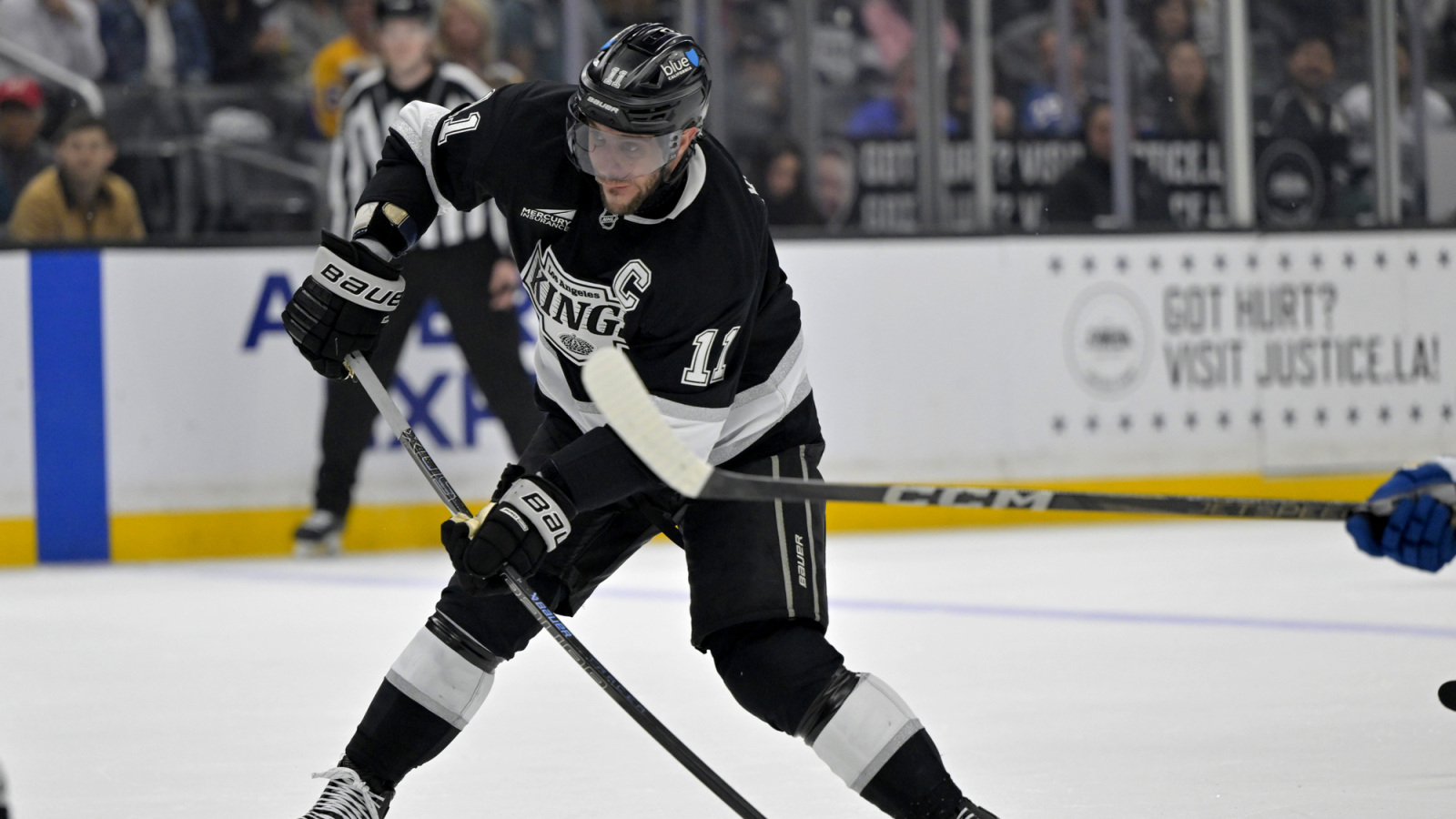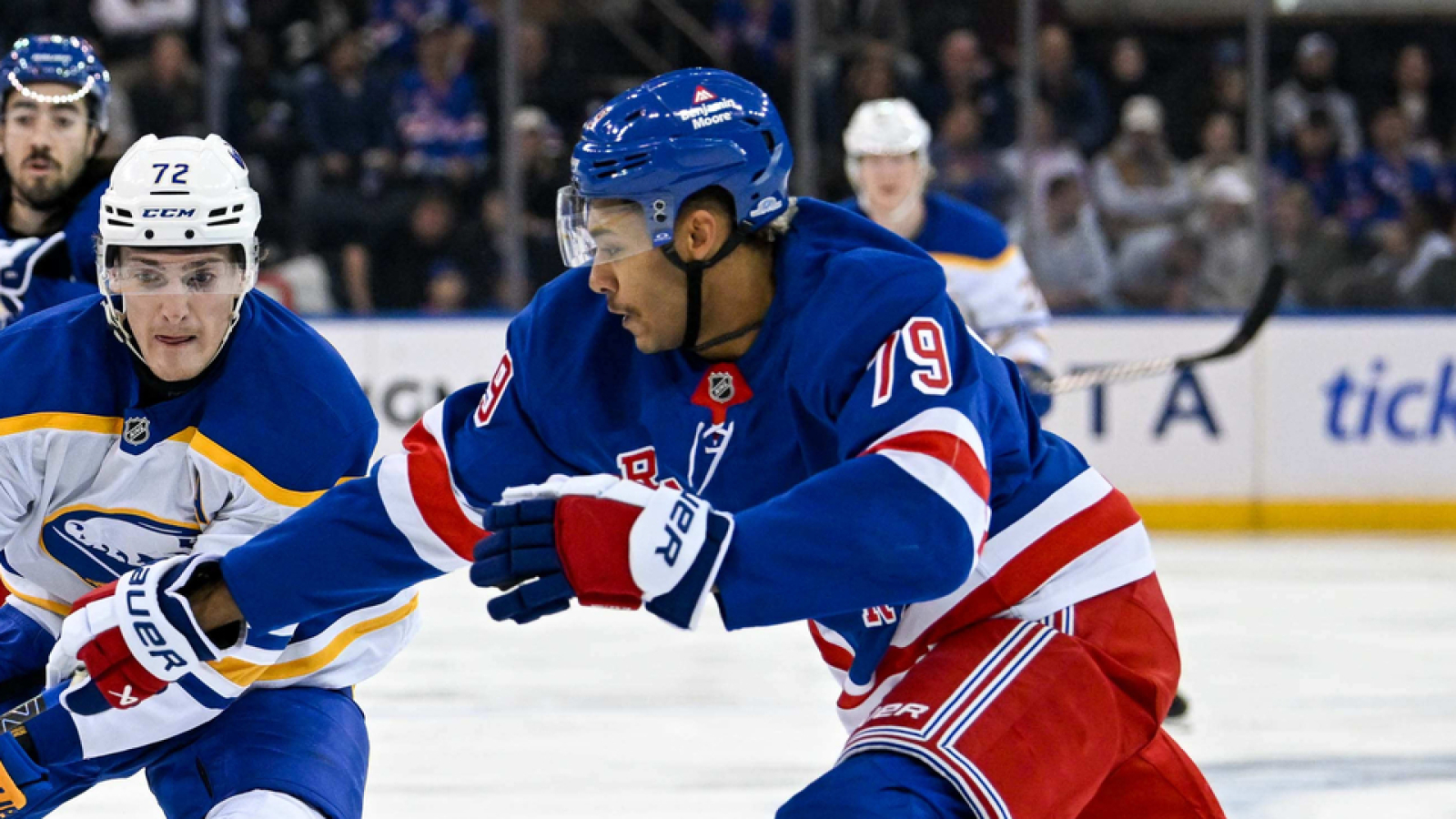
It’s in that spirit that Oshie’s career will be remembered. He was a set-and-forget lineup piece for throughout his entire career, providing consistent goal-scoring and big-game ability from the second-line for both clubs he played for.
Oshie was seen as a special player from the onset of his career. The Blues drafted him directly out of high school, taking him in the first-round of the 2005 NHL Draft. Oshie followed that selection up with three years at the University of North Dakota, where he formed a truly legendary tandem with eventual-rival Jonathan Toews. The two were automatic in their freshman season, helping Oshie reach an impressive 24 goals and 45 points in 44 games of his first year.
The good times kept rolling through Oshie’s sophomore and junior seasons in college. He chased 52 points in 43 games, then 45 points in 42 games, in his final two seasons — while supporting North Dakota to the Frozen Four in all three seasons. The Fightning Sioux never got over the hump, but Oshie’s performances were enough to ramp him directly into the NHL in the 2008-09 season.
He entered the league on bumpy ground — and struggled to find his footing early on after dominating high school and college. That was exacerbated by a pair of ankle injuries early into his career, holding him to just 12 games in the first half of his rookie season. But Oshie shot back to form once he returned to full health, and proceeded to stamp his place in the Blues’ lineup with 35 points in 45 games through the year’s second half. That’s a 64-point scoring pace — a staggering number for a rookie coming off injury.
The statement first year was enough to earn Oshie a top-six role in the 2009-10 season — and a bid of health gave him a chance to show what he could do. He finished the year with 18 goals and 48 points in 76 games, and ranked second on the team in total hits (149) behind prominent bruiser David Backes (266). In Year 3, his role shifted back to that of a play-driving scorer — and he posted 34 points in 49 games while battling through injuries once again.
With three years under his belt, Oshie’s impact became clear. He was a feisty, hard-working winger at the NHL level who sought out flashy dekes, gritty goals, and big open-ice hits … even when the latter resulted in repeat injuries. It was an, again, unwavering style that beautifully complimented the heft of Backes and the skill of David Perron or Jaden Schwartz. Oshie ranked in the top-three of St. Louis’ scoring in three of his six years with the club, even despite missing 131 combined games due to injury.
But eyeing a lineup more geared towards hits along the boards than flashy plays in the middle, St. Louis opted to trade Oshie to the Capitals for Troy Brouwer, Pheonix Copley and the draft pick used to select Garrett Pilon in 2015. Brouwer would manage some electric moments in St. Louis, but his performances all fell short of the routine 50-point seasons Oshie provided the Capitals. He managed one of his many career-defining performances in the 2016-17 season — his second with the Capitals. Oshie scored a career-high 33 goals that year en route to 56 points in 68 games. He kept it up in the summer, netting 12 points in 13 games of Washington’s postseason.
The Capitals fell short that year, but Oshie’s energy on the wing seemed to give the club an extra oomph. He returned with 18 goals and 47 points in the 2017-18 regular season, then became one of the team’s top players during the 2018 postseason run. His 21 points in 24 games ranked fourth on the Capitals in playoff scoring behind Evgeny Kuznetsov, Alex Ovechkin and Nicklas Backstrom. It was the consistent gut-punch offense of that quartet, and the stout goaltending of Braden Holtby, that launched the Capitals to the first Stanley Cup win in franchise history.
Oshie continued to provide his routine impact — scoring on pace for north of 20 goals and 40 to 50 points — through the rest of his NHL career.
He was also a focal piece of Team USA at the 2009 and 2010 World Championships and 2017 World Championship. But his most notable international performance came at the 2014 Olympic Games.
Oshie potted four points in six games across the full tournament, but cemented a legacy performance in USA’s final group stage game against the host-country Team Russia. The two clubs went through regulation and overtime unable to break a 2-2 tie game. International rules pushed the game into a standard shootout, with one exception — there was no limit on how many times a single player could shoot.
With that knowledge, USA head coach Dan Bylsma opted to give Oshie’s lightning hands as many opportunities as he could. The winger took five of the USA’s eight shootout attempts, and beat goaltender Sergei Bobrovsky on four of them.


